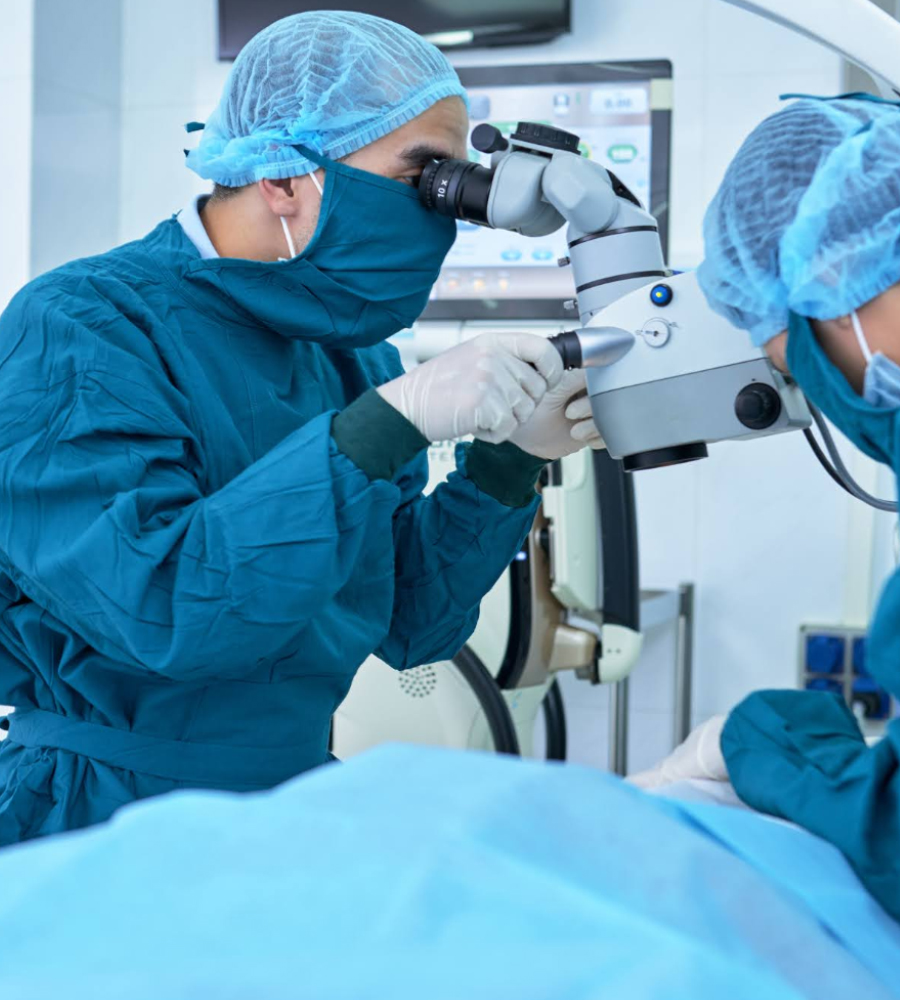

The appendix is a tiny, small section of the larger intestine that normally hangs from the bottom right of the abdomen. When a cavity opens in an appendix and extends the infection to the whole abdomen (peritonitis), the affected appendix must be surgically removed (emerging appendectomy). For the first time in the 16th century, Appendicitis was known as an illness, which was called perityphlitis. Inflammation of the appendix is appendicitis. Appendicitis is a spontaneous appendix inflammation. While the appendix seems to be of little use, it can become ill and burst, causing an illness and even death if untreated. It is generally unclear what causes appendicitis. Appendicitis may occur after a bacterial infection in the digestive tract or when feces covers or captures the conduit that connects the intestine with its appendix.
Typically, the most common way of removing the appendix is by keyhole surgery (laparoscopy), as healing is usually easier than open surgery. It includes shaving the tummy (abdomen) 3-4 minor cuts (incisions). The laparoscopic procedure requires several minor cuts in the abdomen and inserting a mini camera and surgical equipment. The operating technique is minimally invasive. There are no more than three to four incisions. The surgeon then extracts the appendix with the instruments, so a broad incision in the abdomen is typically not necessary. The camera projections an expanded view of the area on a TV monitor to help the surgeons remove the appendix.


In B.P Poddar Hospital, Kolkata, India Appendectomy has a high success record. B.P Poddar encountered a team of surges, new instruments, and even laparoscopic techniques for the removal of the appendix at a reasonable rate. It has surgical closure as the safest cure for appendicitis. Physicians use a procedure of “opening†or a minimally invasive process to cut the appendix. Anyone with signs must urgently see a hospital and Appendicitis is considered an emergency!
In patients with prior lower abdominal surgery and obese patients, Laparoscopic Appendectomy can also be more difficult. Elderly people may also be at greater risk of general anesthesia risks. Each patient is assessed for the proper type of procedure to be performed. B.P Poddar Hospital provides the newest surgical facilities including all the most advanced equipment, OTs (Steel OTs) and the latest surgical services, state-of-the-art equipment, and top state-of-the-art healthcare facilities. Laparoscopic surgeries (laps), keyhole surgeries, minimally intrusive and invasive procedures are all carried out at B.P Poddar Hospital. The hospital has a well-developed emergency complex.
Active patient care team and B.P Poddar provide an extraordinarily high service with highly skilled physicians, well-trained personnel, and the finest operating facilities. This is obvious from the fact that many people and families recommend this hospital in Kolkata, India as a place of great reliability for the recent operations at an inexpensive expense. Many success stories are written and addressed at B.P Poddar Hospital in leading international, local, and TV media